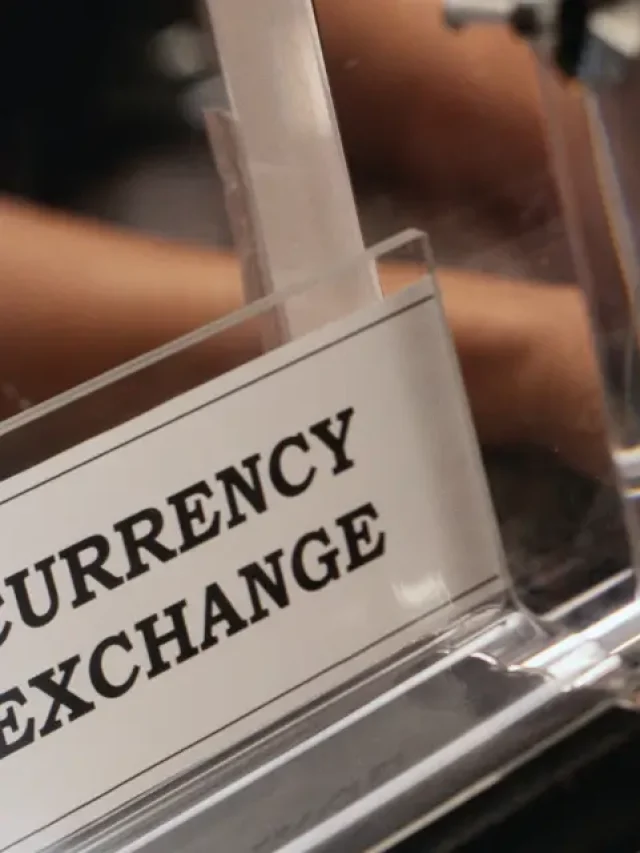Studying in your dream country is still a dream of many. And for someone, who is already living their dream of studying abroad has to be vigilant all the time. According to statistics, about 37000 fake 20 Euros are in circulation all around Europe and even outside of Europe. The circulation of fake banknotes can lead you to legal trouble and it harms the country’s prosperity and sovereignty.
Hence it is important to spot a fake banknote and after identifying fake banknotes, you should take cautionary steps towards it. In this blog you will learn about the spreading of counterfeit 20 Euro Banknotes and if you ever encounter it how to check whether it’s fake or real.
Table of contents
Origin of the EUR 20 Banknote
A EUR 20 has been used since the invention of the Euro which was in the year 2002. Since then it has been used as a currency medium between 25 countries and is being adopted by 23 countries. It is the third smallest Euro banknote and has a blue colour scheme and dimensions.
This design of the 20 Euro note was revealed in the year 2015. Now, it is used in many countries such as Germany, Italy, France, Spain, Greece, Portugal, Ireland etc. The 20 Euro note is of blue colour scheme. The note showcases bridges and arches/ doorways of different historical eras. Although these kinds of foreign currencies are not used in India, there are certain ways by which you can buy foreign currencies in India.
The 20 Euro bill depicts the Gothic era between the 13th and 14th centuries CE. The note like any other Euro note also has the EU flag, the signature of the President of the ECB along with other properties. The dimensions of a 20 EURO note are 133 x 72 mm.
Ways to Identify Fake 20 Euro Bill
The EUR 20 banknote is used in almost every day’s purchases. Due to this, it is prone to meet counterfeits. Thus, it becomes important to identify and spot the difference between a real and fake EUR 20 Bill, especially for international students planning to study in EU countries.
Just to ensure the safety and be safe from counterfeits. The 20 Euro banknote has some salient features which help in the easy identification of a fake euro bill. Let’s understand these security features.
Watermark
When we hold this note against the light then the watermark and the number should be visible. As watermarks are made by varying the thickness of the paper so after we put it against the light the watermark and the currency number should have a smooth transition.
Also Read: Know what to do with counterfeit currency abroad by reading our blog on What to Do With Counterfeit Currency: A Guide for Indian Students Studying Abroad.
Security Thread
The security thread is a small black part on the top of the note. When we put this banknote against the light, “EURO” and “20” should be written on the stripe in tiny visible letters. This effect is thus caused by various layers of varying thickness that are provided on the paper.
Hologram Stripe
Holograms are considered a level security feature and are mostly used to check counterfeit banknotes. The hologram stripe is visible on the side of the note once you flip it. Now when you change the direction of your vision, the hologram image and the € sign will change between their position. A portrait of Europa is also present on the stripe.
Glossy Stripe
When you flip your banknote backwards, it will show a golden colour glossy stripe that shows the value 20 and € sign. The strip should be in the middle of the banknote. The colour of this strip is mostly golden or invisible as it entirely depends on your angle.
Under Ultraviolet Light
Under the influence of ultraviolet light, the paper will not glow instead the fibre embedded in the paper will appear to glow. The colour will be red, blue, green and slightly yellow. Under the UV light, the parts that glow are, small stars in the EU flag, small circles, and large stars, all glow in yellow colour whereas the quarter circle in the middle along with the serial number, both glow green and yellow respectively.
Raised Printing
On the front side of the 20 Euro banknote, on the top left part, you will see the serial number of the bank, which should be tactile and quite raised also it must be hard to touch and feel. This kind of printing is also called Inglio printing. The areas on the banknote that must have this printing are the central image, writing and other large numerals used.
Micro lettering
At various places on the banknote, it has micro lettering which looks like pinpoints of small letters which cannot be seen with naked eyes but with the help of a microscope or magnifying glass. The printing of these letters should be sharp and edged, not blurred.
The feel of the Banknote
As the banknote is made up of pure cotton, the feel of the paper should be crisp and firm. Also, keep in mind that the texture of the banknote should not be the same everywhere, It should be thicker at some parts whereas soft at other parts on the banknote.
Read More: Read our blog on Fake 500 Euro Note: Here’s How to Identify Them that will help you against counterfeit with 500 Euro Bill.
What to do if I Receive a Fake €20 Banknote?
There could be many times when you may receive a fake 20 EUR note unknowingly. But in situations when you know that you have a fake €20, you should pass it down to a police station or an Intelligence Agency and provide them with the necessary information they ask for. Apart from this there a certain other steps you should follow while encountering a fake
€20 bill –
- Immediately inform the local police station.
- Try to remember the details of the person who has given you that particular banknote.
- Do not pass the counterfeit note to anybody else as it is a criminal offence.
- Handover the fake note to the police and if you turn out to be innocent in the police’s eyes then you will get your ‘real’ money back.
- Don’t put yourself at risk and also don’t try to catch the offender singlehandedly.
This blog talks about the encounter with a 20 Euro fake Banknote and what are the steps to follow after you get the 20 Euro note and the steps to identify how to differentiate between a fake and a real banknote. The most important aspect is, if you find a fake banknote in any situation you should always submit it to the police station and never forward it to the next person as it is an illegal thing to do and will ultimately lead you to jail and when you are studying in a foreign country and doing such things, this will convert into to a big problem of security breach.
FAQs
Immediately inform the police or if you live in a society then first inform the security guard.
Do not get nervous and be calm.
Even though the number of counterfeits remains low in number but the probability of you encountering one remains high as being a student you have to make transactions almost every day.
A fake 20 euro will have a slight colour difference it will also be a little soft and waxy to touch. Also check the watermark, glossy stripe, hologram Stripe and security thread on the banknote. Also, touch and feel the microprinting on both sides of the note they should be hard to feel at different sides of the banknote.
The bank may give you the real amount of money on behalf of the fake submitted currency only if you are proven not guilty.
There are various security such as security threads, watermarks and glossy strips that you can check on the banknote to ensure if it’s real or not.
To know more about currencies, education loans, the best bank accounts for students, forex and banking experience for global students or international money transfers, reach out to our experts at 1800572126 to help ease your study abroad experience.
Follow Us on Social Media





























